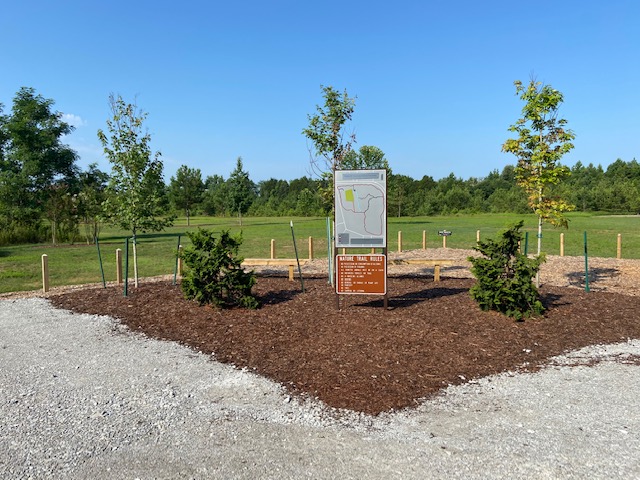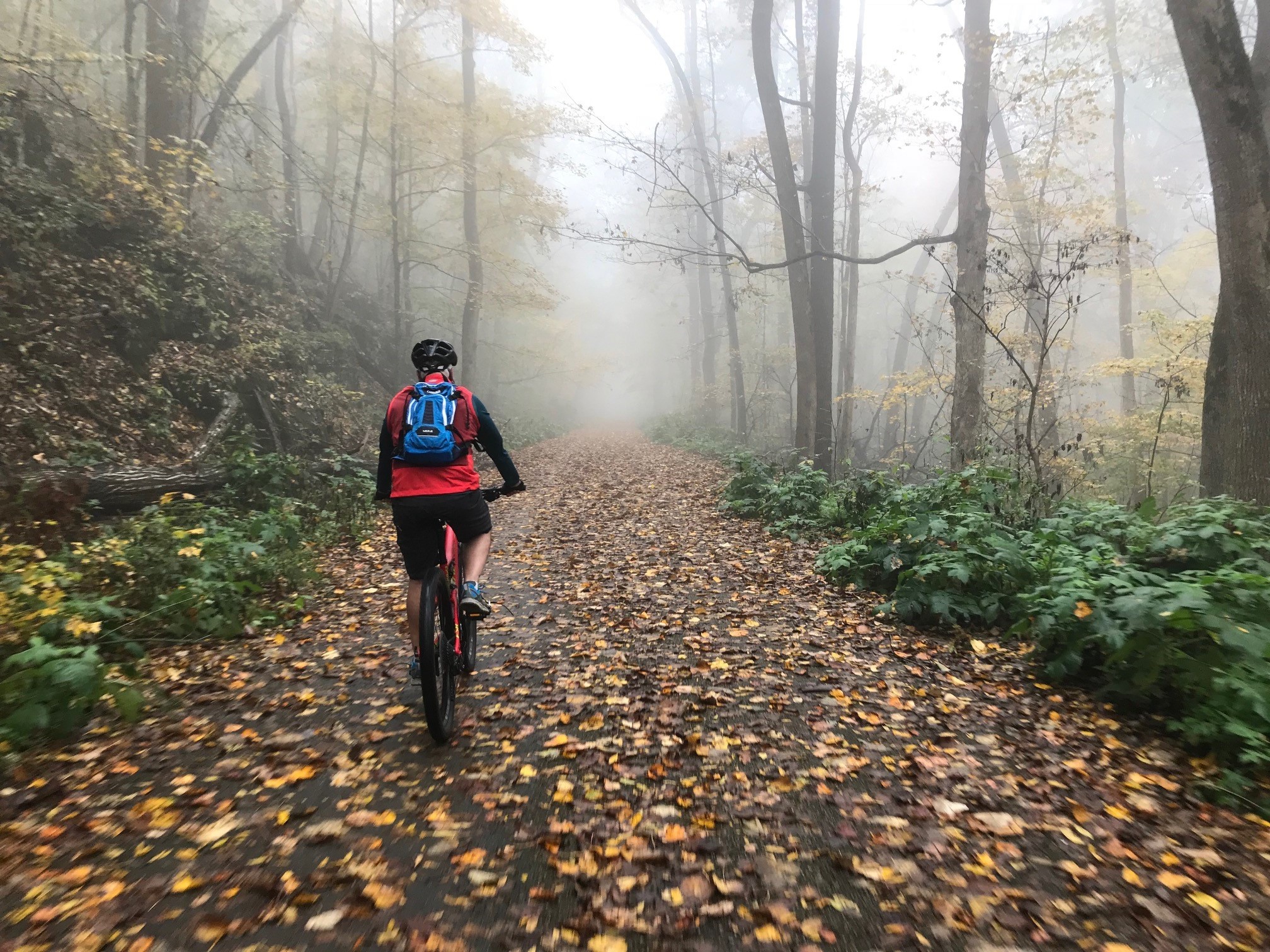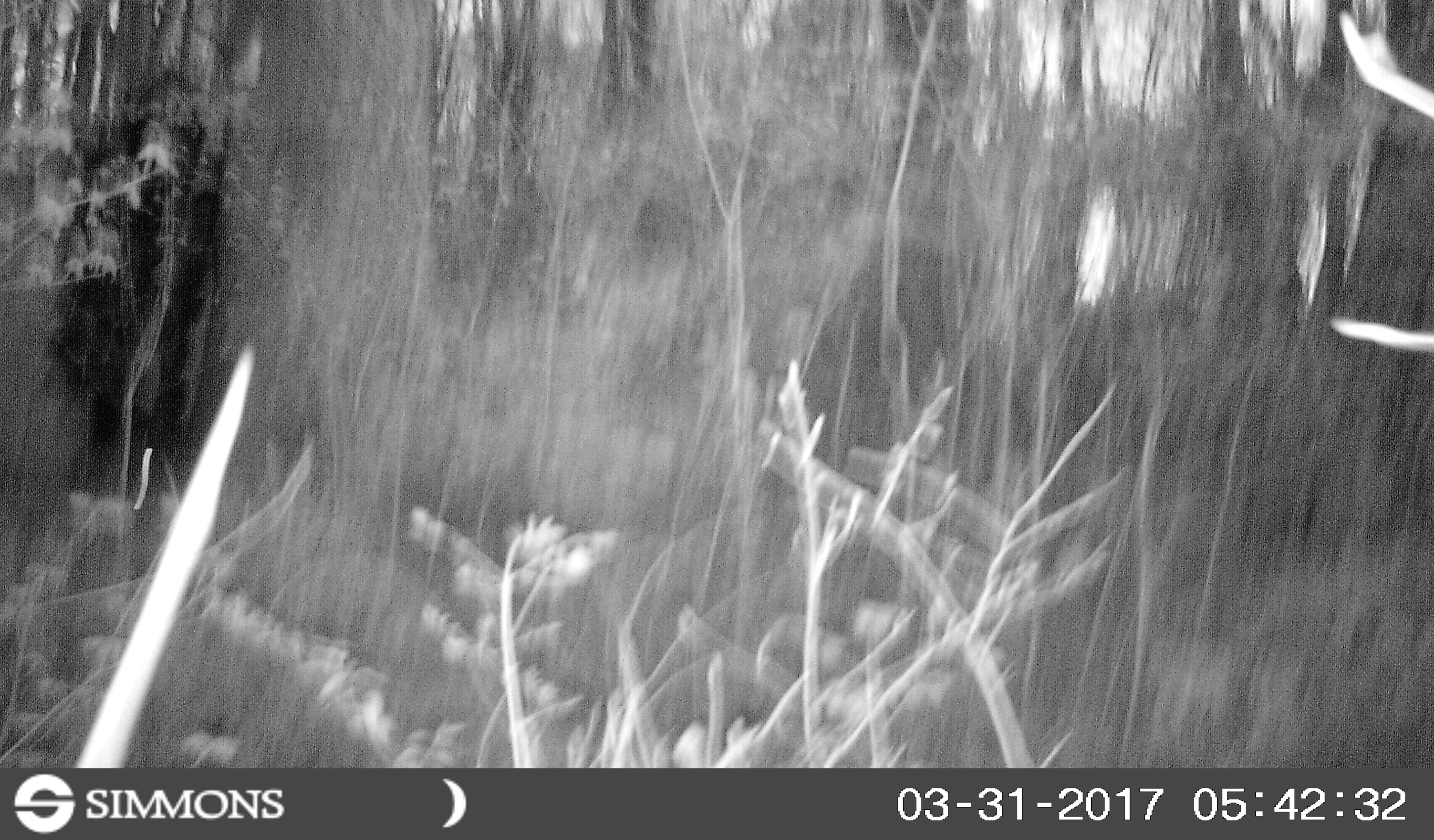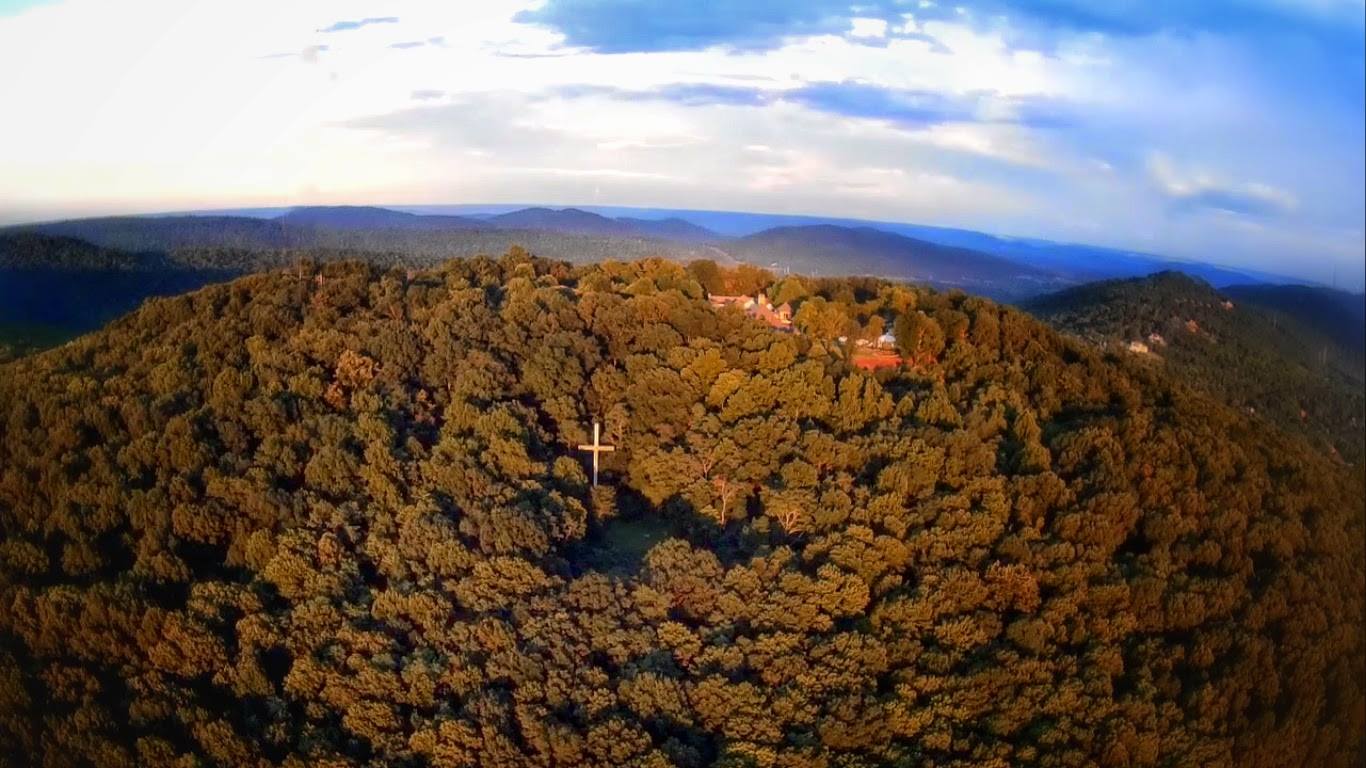So you've heard the rumor that Huntsville is home to alligators but just can't come to terms with it without seeing one with your own two eyes? Well, we've got a paddling trip for you. Head on over to Limestone Bay, just south of Mooresville, Alabama for an experience you will not soon forget.
First things first. The "rumor" you've heard about alligators in Huntsville isn't a rumor. It's the truth. In addition to the link above, there are several more official publications we could cite you to to prove it. Or you could just take our word: your author has not only seen them, but also held a six-foot gator in his arms in connection with an official removal operation overseen by the Alabama Department of Conservation.
Another point. Alligators are protected under Alabama law, and it is both incredibly stupid and a criminal offense to harm, harass, feed, or otherwise interact with them. I am assuming my brief interaction with a gator was permissible given that it was overseen by two non-objecting Game Wardens, but let's quickly change the subject, shall we?
Alligators are known to inhabit portions of the Tennessee River, especially the backwaters on Wheeler Wildlife Refuge. According to several sources, the best places to see them are Blackwell Swamp, Beaverdam Swamp, and Limestone Bay. Which, of course, brings me to the present article.
We've not attempted any paddling in Blackwell Swamp, though we know a few who have kayaked there and seen alligators. And although we've walked the Beaverdam Swamp Boardwalk, we haven't seen nary a gator. As far as we are concerned, though, you have a pretty good chance of catching a glimpse of a gator on Limestone Bay if you know where to look.
Limestone Bay
Limestone Bay appears on a map to be an area in which the slow-moving Tennessee River backs up and forms, for lack of a better word, a bay. In reality, Limestone Bay is the terminal area of a much broader drainage basin formed by three creeks -- Piney Creek, Limestone Creek, and Beaverdam Creek -- all of which ultimately flow into the Tennessee River. So the Bay isn't backed-up water, but water on its way to the Tennessee River.
The Bay is entirely contained within the Wheeler Wildlife Refuge. It is perhaps best known locally by birdwatchers and fishermen. It is listed as Site # 23 on the North Alabama Birding Trail, and is heralded as the home of many types of migrating birds, ranging from Snow Geese and American White Pelicans to Canada Geese and even a few Whooping Cranes in recent years. There are also year-round birds, including three of my favorite fishing birds: the Belted Kingfisher, the Great Blue Heron, and the Great Egret. For fish, it's good for bass, crappie and catfish, and fish biologists have noted that the area harbors several types of endangered fish believed to exist nowhere else on the planet.
Limestone Bay is also known locally by archeological types and fisherman alike for Arrowhead Landing, a boat ramp which just so happens to have a large assortment of artifacts left by Native Americans. It also just so happened to be the put-in for one of my best trips to Limestone Bay in Spring 2011.
Put-ins and Take Outs at Limestone Bay
Arrowhead Landing is probably the simplest place to put-in if you are planning a day out on Limestone Bay. You just exit I-565 at Mooresville, head south down Mooresville Road until you dead-end in Mooresville, and turn right. Now, as soon as you turn right, I'd recommend you stop by Limestone Bay Trading Company for some excellent southern food (the BBQ sandwich with cornbread bun is amazing).
When your belly is good and full, keep going east on Old Hwy 20 until you see a dirt road on the left. Head down that dirt road for about 1.5 miles until you see an improved landing, and there you are.
The bad part of putting in at Arrowhead is that if you want to see a gator, you really will need to cross the rather large Bay and make your way over to the backwaters near where Limestone Creek empties into the Bay. It will take a while, and having done it, I do not recommend going when it is windy.
If you are looking for a quicker trip, try putting in at another location. Unfortunately, I don't think there's a name for my favorite alternative, but you can find it pretty easily using the directions to Site # 24 on the North Alabama Birding Trail. When you turn onto the dirt road leading to the observation tower, go straight through the field rather than turning right toward the tower. When you first see water on the right, put in there and you will find yourself in the thick of gator territory.
Where are the Gators Already??
Wherever you put-in, the gator population in Limestone Bay is primarily concentrated in the area in which Limestone Creek first begins to widen into a Bay. Study the maps on Google and trace the maps to this area. There's one pretty recognizable cove off the main stream of the Creek, after it begins to widen, which I have referred to as "Gator Cove" in the past. I have been told by several trustworthy paddlers that a 12-14 foot gator resides in Gator Cove. I've paddled there a few times but haven't had the pleasure of encountering him. However, at multiple locations just around the corner, I've seen them.
On one occasion, I encountered an approximately 8-10 footer lying on a log just about 100 yards downstream from Gator Cove. I was paddling with two friends, and the gator was kind enough to allow us to paddle up pretty close to take photos, but when my friend's cell phone rang, the gator immediately jumped in the water and disappeared. And as you might imagine, so did I.
We are working on a Google Map listing the precise locations where we have seen alligators on Limestone Bay, and we will update once it is ready.
A Final Word of Warning
If you go, keep in mind these three things: (1) your best chance of seeing an alligator is early in the morning or late in the afternoon; (2) your best chance of getting eaten by an alligator is early in the morning or late in the afternoon; (3) if you are dumb enough to feed an alligator, your chances of both (1) and (2) improve dramatically.
In summary, there's no experience in the world like paddling up next to one of the planet's most adaptive and iconic predators. But please don't do anything that will lessen the gators' natural fear of humans, and increase the danger of viewing them. We are blessed that the alligators in Limestone Bay are such a well-kept secret that only a small community of people even know where to find them. The members of that community have been smart enough not to feed them, because they know that a fed gator is a dangerous gator. Keep that tradition alive by viewing them from a distance, and leaving them alone.
Oh, and if you want a really cool experience, look for them from shore at night with a powerful flashlight. Their eyes glow red in the light.







